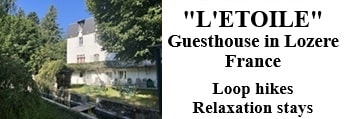95,7km bike tour at La Bastide-Puylaurent |
Take the train from La Bastide Saint Laurent les Bains station to Langeac (Train timetables). When you arrive in Langeac, head towards the town centre to take the D585, which leads to Moulin de Fortune via Chanteuges, Saint-Arcons-d'Allier, Bourleyre, Saugues and Esplantas. Then continue on this road, renamed D985, to Châteauneuf-de-Randon. Turn left onto the N88, then turn right towards Villeneuve via Les Maurels. Turn right onto the D206 to Les Chazeaux, where you join the D6, which you can follow to La Bastide via Mirandol, Chasserdes and Masmejean.
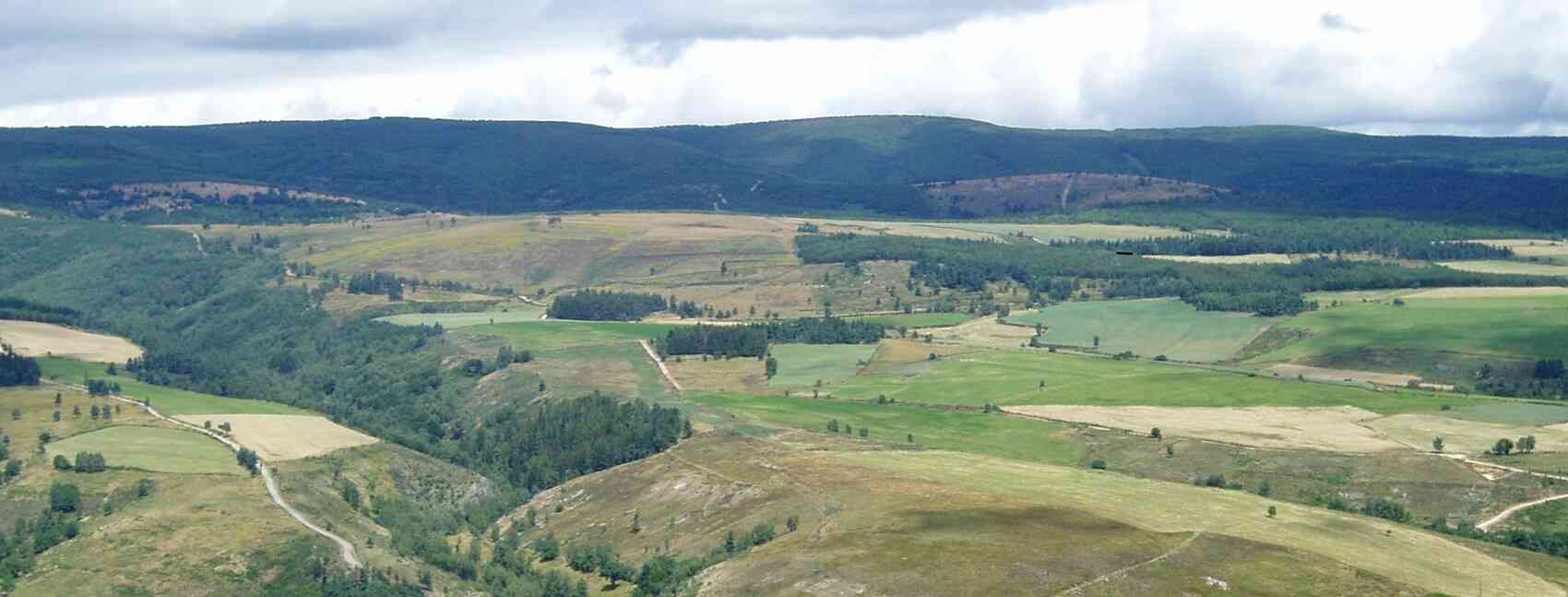
20,5km - 25km - 27,7km - 30km - 35,2km - 37km - 41,5km - 44km - 48,4km - 57,5km - 59,4km - 60km - 60,5km - 69km - 70km - 76,8km - 77km - 81km - 90km - 95,7km
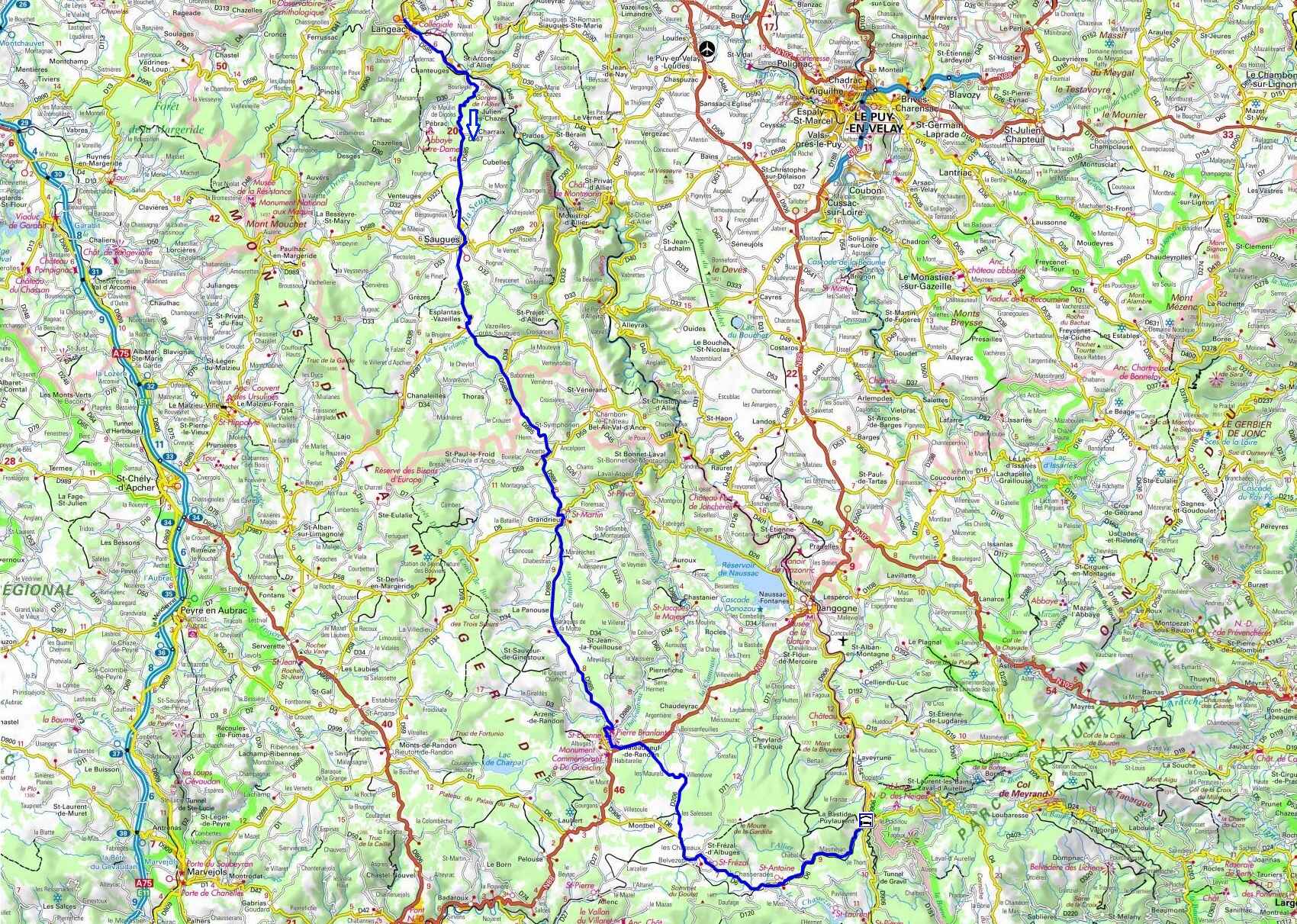


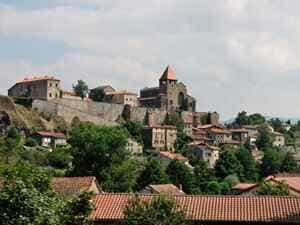
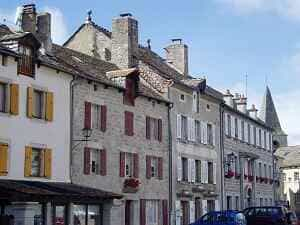
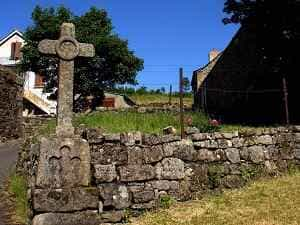
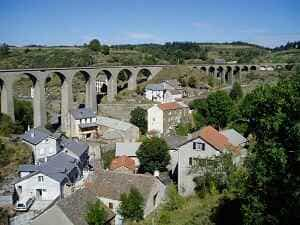
 Distance: 95.7km. Maximum altitude: 1275m. Minimum altitude: 489m. Cumulative elevation: 878m.
Distance: 95.7km. Maximum altitude: 1275m. Minimum altitude: 489m. Cumulative elevation: 878m.
IGN maps: Langeac (2635E). Saugues (2636E). Grandrieu (2737O). La Bastide-Puylaurent (2738E). Le Bleymard (2738O). Largentiere la Bastide-Puylaurent Vivarais Cevenol (2838OT).
Print the route - Electric bike rental
Langeac, a charming little town in the south of Auvergne, is rich in history and traditions. It has a remarkable architectural heritage, including a Gothic church with elements from the 12th to the 16th century and old residences. Langeac was one of the "thirteen good towns of Auvergne," represented at the Estates-General of the province, and was visited by the Marquis de Lafayette in 1786. Each year, traditional festivities mark the summer, such as the Saint-Gal festival and the "Belle Journee" which celebrates freedom. The Jacquemard museum, in a 16th-century building, presents the history of the trades that have shaped the town, and the weekly market brings the town center to life. Langeac is also distinguished by its modern industries (wood, plastic, agri-food) and its tourist appeal, being located in the heart of the Allier gorges, ideal for lovers of nature, hiking, and thrills. The Sainte-Catherine-de-Sienne monastery was founded in 1623 by Sister Agnes de Jesus, a Dominican and spiritual figure who inspired many vocations. She was beatified in 1994, and her spiritual legacy continues within the Dominican community. The Allier, a river crossing the region, is lined with picturesque sites: from Châteauneuf-de-Randon to Langeac, there are churches, troglodyte chapels and picturesque villages such as Chilhac and Lavoûte-Chilhac, places inspiring painters and pilgrims. These places offer visitors a unique blend of wild nature and local culture, enhanced by a surprisingly mild climate, typical of the region.
Margeride, a mountainous and rural region of Lozere, retains a traditional character and a strong identity, despite its isolation and harsh natural conditions. This territory has managed to preserve an agro-pastoral way of life, structured around small villages and shared land, with community practices such as forests and sectional pastures, used collectively by the inhabitants. The landscape is marked by an alternation of cultivated land, meadows, woods and moors, depending on the relief. Historically, Margeride has had an economy focused on livestock breeding and modest crops, with fragmented plots and production mainly intended for subsistence. Emigration, although significant, has not completely emptied the region, as the birth rate has remained relatively high, ensuring the sustainability of farms and traditions. The attachment of families to their land has preserved the landscape and limited the sale of properties, maintaining the land structure and small property. However, Margeride is slowly changing: the mechanization and specialization of agriculture, although inferior to other regions, are transforming the rural landscape. Reforestation and the expansion of meadows to the detriment of crops are evidence of agricultural simplification. The disappearance of certain community elements, such as the "sisters" of Saugues who once supported social life, marks the transition from this traditional model to a more modern one.
Châteauneuf-de-Randon is a historic village whose existence is attested from 1227 under the name of "Castrum Novum". Located in the Margeride region, the village became a stronghold under the Randon family and played a strategic role during the Hundred Years' War, particularly during the siege led by Bertrand Du Guesclin in 1380, during which the latter died. During the Middle Ages, the town prospered and became an important trading centre, but it went into decline in the 18th century, mainly due to competition from neighbouring towns. Today, it retains a rich heritage, such as its medieval castle and Romanesque church, which are listed as historical monuments. Due to its protected natural environment (ZNIEFF), the village attracts visitors in search of wild landscapes and tranquillity, surrounded by mountains and forests that are home to a variety of flora and fauna. Châteauneuf-de-Randon had an intense agricultural past, particularly with livestock fairs that made the region famous at the beginning of the 20th century. As the population declined, these fairs disappeared. Today, the village has only a few hundred inhabitants, a sharp drop from the 1,502 inhabitants of 1856. Community life has been marked by municipal projects, such as the construction of a public fountain in 1929, which sparked debate among residents. A place of remembrance, the village still commemorates Du Guesclin with a bronze statue erected in 1894. Its history illustrates the trials and transformations of France through the centuries, marked by conflicts, the local economy and cultural heritage.
